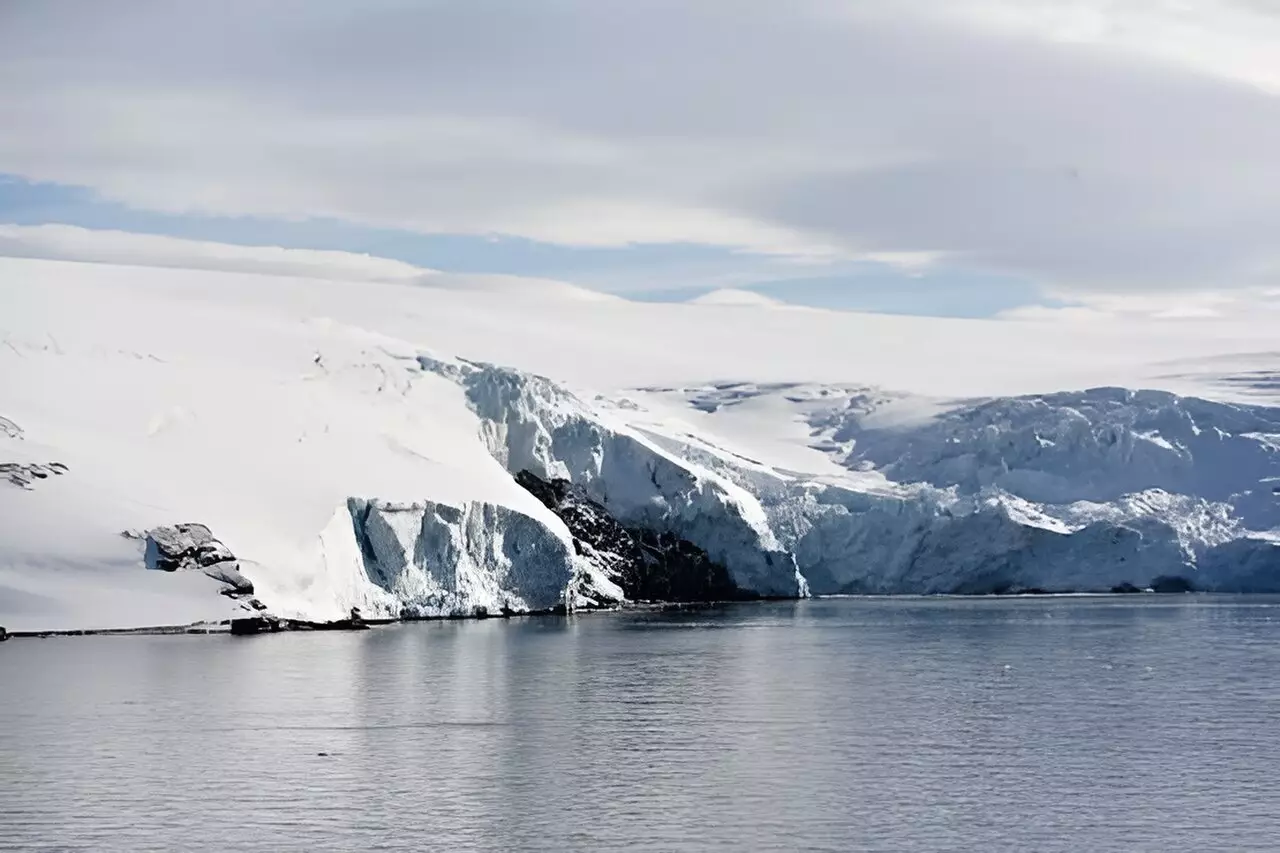Antarctica, often dubbed as the last frontier, remains a subject of intense scientific inquiry, especially in the face of escalating climate change and rising sea levels. Recent research led by Monash University has thrown light on the intricate dance between regional climate drivers, particularly the Southern Annular Mode (SAM) and the El Niño-Southern Oscillation (El Niño). The implications of these findings are staggering, as they unravel the complexities of how the Antarctic Ice Sheet contributes to sea level rise—one of the most pressing environmental crises of our time.
The Antarctic Ice Sheet is critical in regulating global sea levels; thus, understanding its dynamics can not only clarify what the future holds for coastal communities but also inform policy decisions worldwide. This research is crucial, as models used to predict sea level rise have long suffered from significant knowledge gaps regarding the influence of climatic factors like SAM and El Niño on melting processes and snowfall accumulation across the continent.
The Role of SAM: Analyzing the Wind’s Effect
At the heart of this research lies the exploration of the Southern Annular Mode, which describes the oscillation of westerly winds in the Southern Hemisphere. The SAM operates in three distinct phases—positive, neutral, and negative—each of which profoundly impacts the climate across both Australia and Antarctica. A negative SAM phase, manifesting as weakened winds that shift further north, leads to enhanced surface melting on the Antarctic ice sheet, posing a risk of accelerated sea level rise.
Recent insights from Ph.D. candidate Dominic Saunderson reveal that over the past four decades, East Antarctica has exhibited variable surface melt patterns correlating with SAM phases. In regions like Wilkes Land, the negative SAM corresponds to warmer air temperatures, amplifying the melt process significantly. Conversely, in Dronning Maud Land, a negative SAM results in less snowfall combined with darker, less reflective surfaces—both pivotal factors contributing to increased melting due to the snowmelt-albedo feedback phenomenon.
The findings from this research underline that understanding the nuances of regional climate drivers can unravel intricate climatic feedback loops. Essentially, it’s not just about temperature spikes, but rather how multiple elements, including wind patterns and surface conditions, interact to influence ice stability.
El Niño’s Complex Interplay with Snowfall within Antarctica
Parallel to the investigation of SAM, the research examined how different types of El Niño events—Central Pacific and Eastern Pacific—affect snowfall dynamics in Antarctica. El Niño phenomena, characterized by ocean temperature increases in the Pacific, result in substantial shifts in atmospheric patterns. Interestingly, these shifts have distinct consequences for snowfall accumulation across various regions of the Antarctic.
Ph.D. candidate Jessica Macha’s work brings forth transformative insights, as she discovered that during Central Pacific El Niño events, snowfall sees an increase in the western Ross Sea while concurrently diminishing in the Amundsen Sea region. In contrast, the effects of Eastern Pacific El Niño events yield similar regional variances but at a less pronounced scale. Such variability highlights that not all climatic phenomena are created equal, and their heterogeneous impacts on Antarctic regions must be carefully considered.
Understanding these diverse influences is not merely academic; it is crucial for developing accurate models predicting future scenarios. If different types of El Niño lead to distinct snowfall patterns, then predicting how these changes influence the overall ice sheet stability becomes a matter of urgency, particularly in the context of global sea level predictions.
Implications for Future Research and Policy Decisions
The implications of these findings stretch far beyond mere academic curiosity. As researchers peel back the layers of complexity surrounding Antarctic climatology, the necessity for more nuanced climate models becomes glaringly apparent. The results prompt a reevaluation of how scientists approach predictions capability concerning sea level rise. Given the acknowledged potential for a rise of between 40 to 77 centimeters by 2100, with even the possibility of exceeding two meters, the stakes couldn’t be higher.
Addressing policymakers, Professor Andrew Mackintosh emphasizes that a profound understanding of these mechanisms is vital. Given the potential for catastrophic impacts on coastal infrastructures and ecosystems, decision-makers must leverage this research to advance strategies for mitigation and adaptation to climate change, moving beyond generic models to a localized understanding of Antarctic dynamics.
As researchers continue to untangle the complex interplay of climatic forces affecting the Antarctic Ice Sheet, they are not only enhancing scientific knowledge but also providing a lifeline to communities that stand on the front lines of climate change. This ongoing inquiry must not only enrich our understanding but also inspire urgent and informed action on a global scale.

